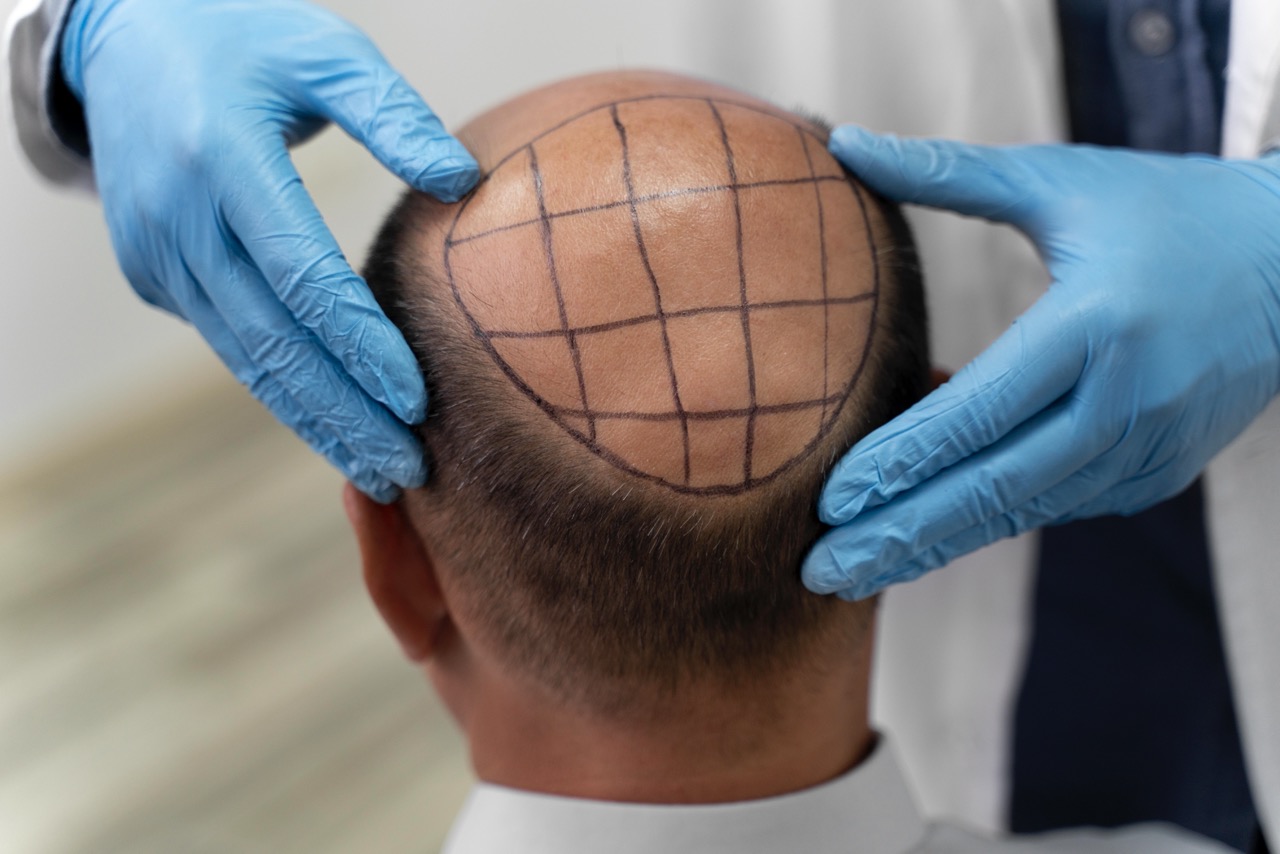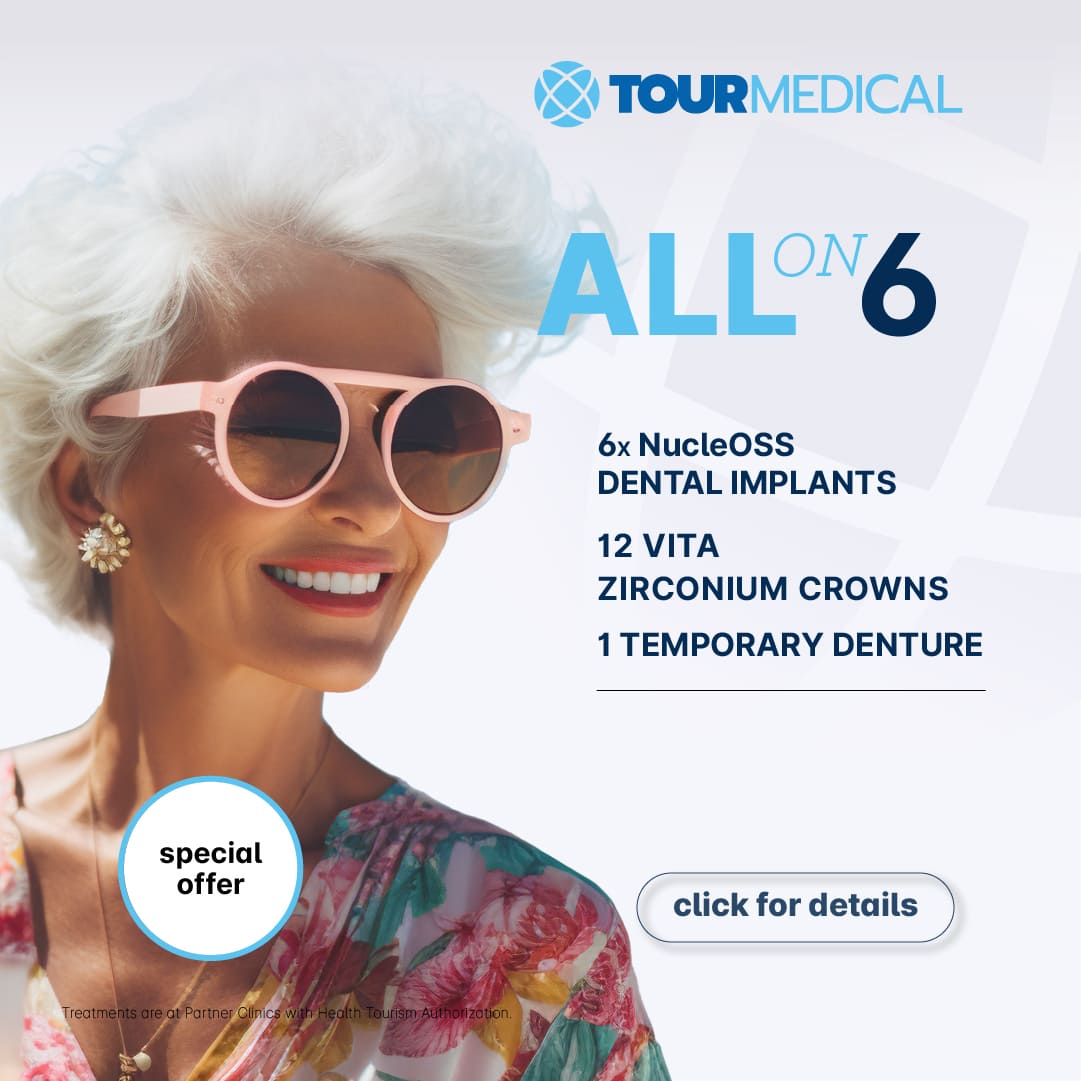Is Hair Transplant Possible with Low Donor Area Density?
A successful hair transplant largely depends on the availability of healthy, dense donor hair. But what happens if the donor area—the back or sides of the scalp—is naturally thin or has been depleted by previous procedures? While low donor area density poses challenges, it doesn’t necessarily rule out a hair transplant. Let’s explore the options and considerations for individuals with sparse donor hair.
Understanding Donor Area Density
The donor area refers to the regions of the scalp where hair is genetically resistant to balding, usually the back and sides. The density of this area is measured in terms of the number of follicular units (groupings of one to four hairs) per square centimeter. In a typical candidate, donor density might range from 60 to 100 follicular units per square centimeter. Low density usually means there are fewer hair follicles available for transplantation, making it more difficult to harvest enough grafts to achieve significant coverage in the thinning or bald areas.
Challenges of Low Donor Density
Low donor area density presents several hurdles:
Limited Supply of Grafts:
- With fewer follicles to harvest, the total number of grafts that can be transplanted is reduced. This can limit the degree of coverage or density that can be achieved.
Potential for Overharvesting:
- Overharvesting a sparse donor area can leave it looking patchy or visibly thin. A skilled surgeon will need to balance the demand for grafts with the long-term appearance of the donor site.
Lower Coverage Potential:
- Patients with low donor density may need to adjust their expectations. A full restoration might not be possible, but a strategic approach can still produce a noticeable improvement.
Is a Hair Transplant Still an Option?
Yes, a hair transplant can still be possible, even if donor density is low. Success depends on careful planning, realistic goals, and the expertise of a skilled surgeon. Some strategies include:
Prioritizing Key Areas:
- Instead of attempting full coverage, the surgeon may focus on the most visible areas, such as the hairline or frontal scalp. Concentrating grafts in these regions can create the appearance of fuller hair where it matters most.
Blending with Existing Hair:
- Even a small number of grafts can make a difference when combined with existing hair. This approach can improve density without overharvesting.
Using Advanced Techniques:
- Modern FUE (Follicular Unit Extraction) tools and methods can harvest grafts more precisely from thin donor areas, maximizing the yield without causing noticeable thinning in the donor region.
Exploring Alternative Donor Sources
In cases of very low scalp donor density, surgeons may consider non-traditional donor sites. These include:
Beard Hair:
- The beard area can serve as an additional donor source. Beard hair is often thicker and coarser, making it suitable for adding volume, particularly in the mid-scalp or crown.
Body Hair (Chest or Back):
- While body hair generally has a shorter growth cycle, it can be used to supplement grafts. This option is usually reserved for patients with severely limited scalp donor hair.
Existing Non-Transplanted Scalp Hair:
- In some cases, areas of thinning scalp hair can be carefully redistributed to achieve a more uniform appearance.
Other Considerations for Low Donor Density
1. Non-Surgical Treatments:
Before pursuing a transplant, patients with low donor density should consider medical therapies such as minoxidil or finasteride. These can help stabilize existing hair, reduce further thinning, and improve the overall appearance. PRP (platelet-rich plasma) therapy or low-level laser therapy may also support hair health and improve the success of a subsequent transplant.
2. Realistic Expectations:
Patients must understand that a hair transplant with low donor density will not provide the same level of coverage or density as a transplant performed on a patient with a high-density donor area. Instead, the goal is often to achieve noticeable improvement and a more balanced appearance.
3. Surgeon Expertise:
Choosing a highly experienced surgeon is crucial. Surgeons who specialize in challenging cases can maximize the available donor hair, create natural-looking results, and avoid overharvesting. Their skill in managing sparse donor areas is key to achieving the best possible outcome.
Conclusion
Low donor area density doesn’t automatically rule out the possibility of a hair transplant. While it presents unique challenges, a combination of careful planning, advanced techniques, and realistic expectations can still yield satisfying results. Consulting with a skilled hair restoration specialist is the first step in determining whether a hair transplant is feasible and how to achieve the best outcome given the available donor supply.
 English
English














